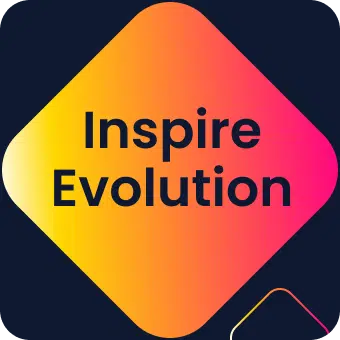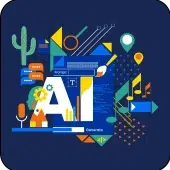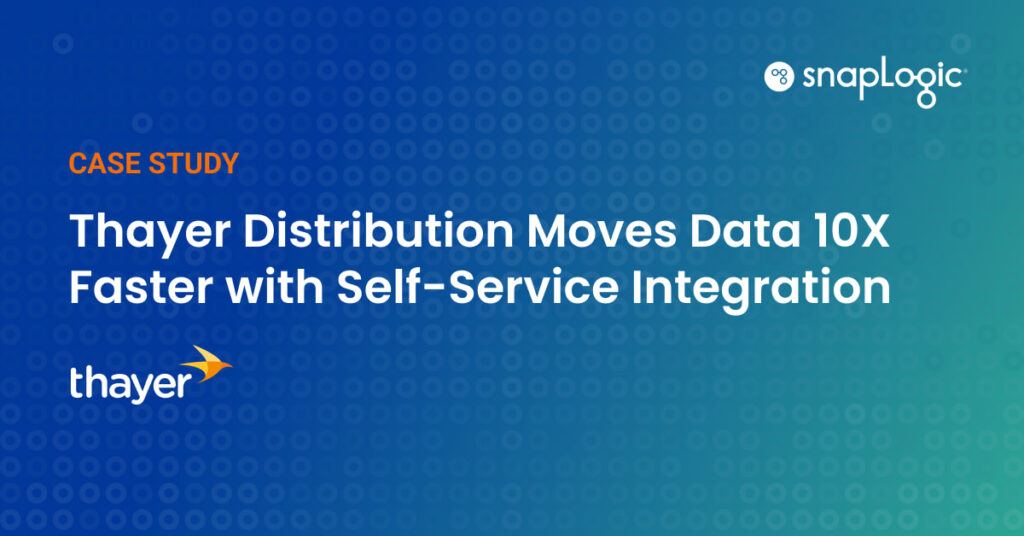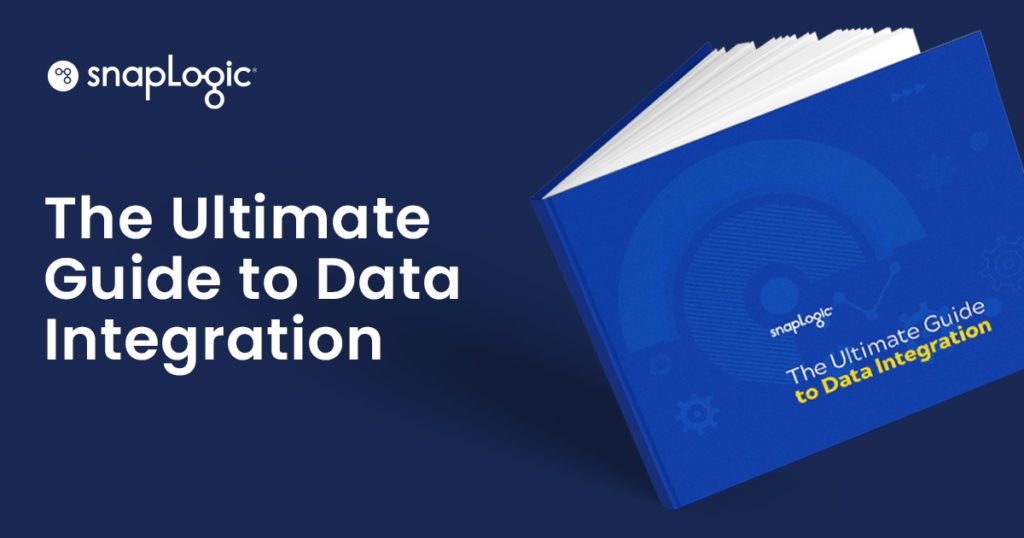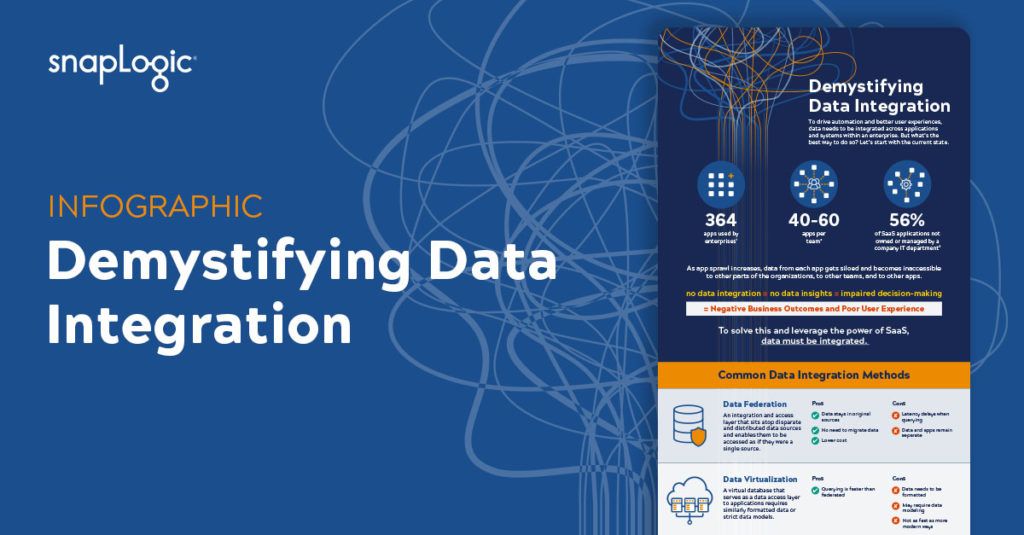What is a data integration platform?
A data integration platform is primarily used and governed by IT professionals. It allows data from multiple sources to be collected, sorted, and transformed so that it can be applied to various business ends or routed to specific users, business units, partners, applications, or prospective solutions. A data integration platform’s primary function is to merge and centralize data for ease of access, management, and business intelligence.
The three common types of data integration platforms:
- Cloud-Based Data Integration Platforms
Cloud-based Integration Platforms as a Service (iPaaS) are increasingly popular given their adaptability and relative cost-efficiency. An iPaaS is easily scalable, has cheaper maintenance, and can be adapted or upgraded without disruption. It can also provide security measures like real-time data backup, big data storage, and customizable access.iPaaS’s also work well with other components of digital transformations, such as application integration, process, and Service Oriented Architecture (SOA). Bundling these needs together can save time and money. However, some organizations require or prefer a more specific platform.
- Built from Components
Data integration platform components can be added to preexisting business processes, allowing data to be transferred seamlessly. These platform components can be purchased from technology providers that specify in data integration. - Installed Data Integration Platforms
These platforms work like a software installation into a pre-existing business process.
By ensuring that workflows and data are consistent while continuing legacy security measures, a data integration platform ensures efficient, secure data migration and continuous access.

